Office, retail and commercial property activity remained stable in the third quarter of 2024, and real estate experts are cautiously optimistic about the coming year. However, vacancy rates in the office sector are near historic highs and are expected to remain that way.
The Q3 office vacancy rate for Class A/B space in Colorado Springs increased slightly to 15.10% for direct vacancies and 17.15% overall, the latter figure including space that is dark or available for sublease, says Peter Scoville, principal at Colorado Springs Commercial, a Cushman & Wakefield Alliance Member. (These figures exclude Class C properties.)
Colorado Springs Commercial’s Q3 Class A/B office market overview states that the slight increase in the direct vacancy rate should not be seen as a “black eye” on the market or a meaningful trend line. For one thing, the increase reflects the loss of a single 78,000-square-foot call center tenant; otherwise, the market remains steady.
The average lease rate in the Class A/B market is $18.12 per square foot on a triple-net basis, representing about a 3% annualized increase year to date, according to the report.
(Triple-net leases are common in retail. Tenants pay a base rent and a prorated share of the property’s operating expenses, including taxes, insurance and common area maintenance.)
In the three submarkets tracked in the report, lease rates are highest for properties in Southeast Colorado Springs near the airport, averaging $19.06. That compares with $18.19 for properties in the Northern I-25 corridor and $17.21 in the Central Business District. The Airport submarket also had the lowest vacancy rate, at 4.10%, compared with 14.36% Downtown and 18.97% in the Northern corridor.
Scoville says the Colorado Springs market has remained stable and relatively flat for the past several years and he expects it to continue that way through the end of this year and into 2025.
One reason, he says, is that speculative office building has come to a halt, although there are several properties on the drawing boards, including True North Commons on the Air Force Academy campus and Norwood’s 30 West in Southwest Downtown.
“Basically, the cost to construct these spaces is so high right now that an ownership group would have to attain $40 or more net rent (per square foot) to make it a viable product,” Scoville says, “Ultimately that is a good thing, because we’re not overbuilt like Denver and some other markets.”
While there has been some loss of call center office space, the defense sector has been a stabilizing factor, he says.
R.D. Trinidad, owner and president of Hoff & Leigh commercial real estate, foresees a healthy future for retail space.
“The death of retail was very overstated,” he says. Today’s market has evolved from development centered on big-box properties anchoring shopping centers, and “so long as people continue to move into Colorado Springs, which I very firmly believe is the case, the retail market is going to remain strong, relative to the national averages.”
According to Hoff & Leigh’s Q3 Market Report, vacancy in the general retail market has fallen to just 2.8%, due largely to an influx of fast-food restaurants, discounters and cell service businesses and home improvement retailers. Retail space development in the Northern and Central areas is starting to put upward pressure on vacancy rates, but Trinidad does not see a dramatic shift in the near future. Rents in the Northeast submarket are the highest, at nearly $24 per square foot.
Leasing and sales activity in the industrial market have been bolstered in the past few years by aerospace, defense, manufacturing and cybersecurity, and remain solid because of low inventory, Trinidad says.
“Demand has not gone down significantly, so the industrial market remains relatively strong,” he says. As in the office market, spec building has halted because of increased building costs and interest rates.
The industrial vacancy rate sits at 4.4%, below the national average of 6.8%. Rent growth has decelerated slightly but is expected to pick up in 2025, according to the Q3 report. Average rents have increased 1.4 % in the past year, standing at $11.40 per square foot in Q3.
“My biggest concerns for the industrial market are the operating costs for these buildings, in particular, property taxes and especially property insurance, where we’ve seen 50-200% increases in insurance premiums,” Trinidad says.
Industrial space generally is not leased on a triple-net basis, and tenants are going to see increases in base rents soon as landlords adjust lease rates to account for increased operating costs, he says.
“I think that lease rates are going to continue to climb, at a rate probably above the national average,” Trinidad says. “But I expect vacancy rates to remain low because of the lack of supply.”













